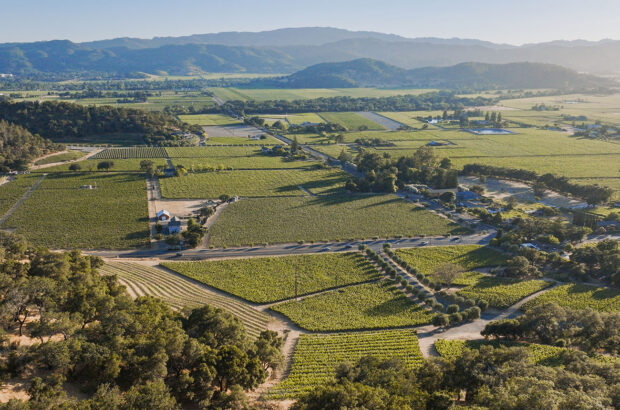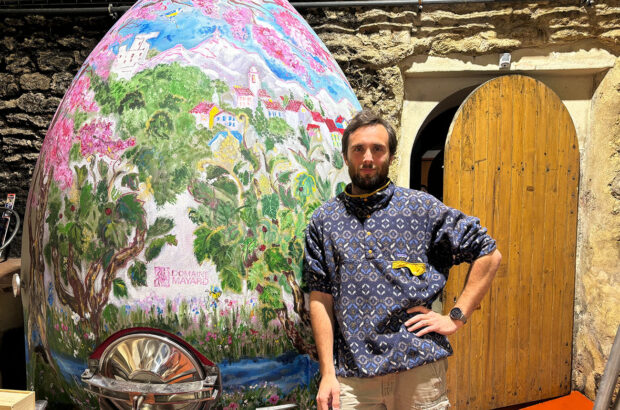France’s wine harvest is forecast to fall as much as 16% in 2024 from a year earlier, with unusually rainy conditions during flowering hurting fruit set and a wet early summer prompting outbreaks of downy mildew in vineyards from Bordeaux to Alsace, said the French agriculture ministry’s Agreste statistics unit.
National production may fall to between 40 million and 43 million hectolitres this year, from 47.9 million hectolitres in 2023, according to the first official forecast published last Friday. That would potentially be one of the smallest harvests of the past hundred years.
‘Downy mildew, favoured by wet conditions in early summer, is affecting most wine-growing areas and could cause major losses,’ Agreste said. ‘Episodes of frost or hail have also locally reduced production volumes.’
French winemakers have faced significant challenges from extreme or unusual weather in recent years, with frost in 2017 and 2021 pushing production below 40 million hectolitres. Volumes fell below that level only six times in the past hundred years, including three vintages during and right after World War II, according to official production data.
‘Production is expected to fall in almost all wine-growing basins,’ Agreste said.
The estimates are provisional in light of various grape-health issues and weather events affecting French vineyards, while high soil moisture levels could still limit the decline, Agreste noted. Vine development is one to two weeks delayed compared to last year, according to the report.
Bordeaux production should fall after the wine-growing area was reduced by about 8,000 hectares as part of a grubbing-up plan, in addition to losses from poor fruit set and hail storms. In Burgundy, rains favoured ‘virulent’ mildew that should reduce the harvest, with neighbouring Beaujolais also facing strong disease pressure.
In the Loire Valley, strong mildew pressure should result in fewer grapes, and flowering in cold and wet conditions caused ‘noteworthy’ coulure – the failure of grape flowers to develop into berries – according to the report. Alsace is also suffering from mildew, while late spring frost caused major damage in Provence, with mildew worsening the losses.
Champagne suffered from spring frost and hail that impacted production potential, while abundant rain caused coulure and favourable conditions for mildew. In Charentes, which includes the Cognac region, humid conditions during flowering are expected to cause a ‘significant drop’ in volumes after record production in 2023.
Languedoc-Roussillon was one of the few regions in France where flowering went well, though conditions varied subsequently, with water stress in the western part of the growing region and excess humidity in the Gard to the east causing ‘very virulent’ mildew, the report said.
Meanwhile, conditions are more clement in Spain, after the country’s winemakers suffered a mix of drought and hail storms last year. Production is forecast to increase 20% to 39.7 million hectolitres of wine and must, boosted by a 33% jump in volumes in Castilla-La Mancha, according to a first forecast from Cooperatives Agro-Alimentarias published last month.






